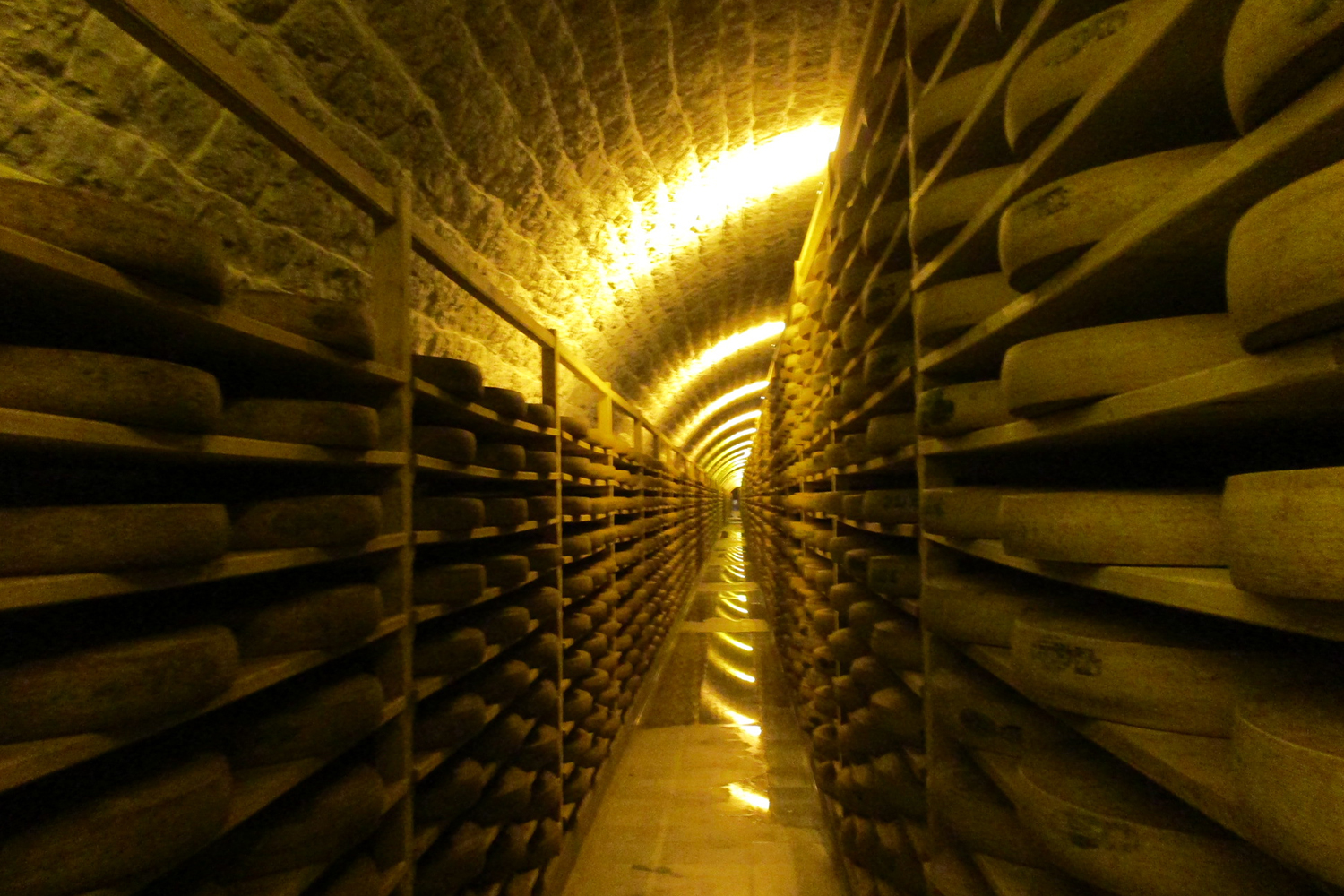What happens when a storied recipe is lost? What happens when a revered method of cooking vanishes into the proverbial mists of history? You might not think of extinction as something that can be applied to things other than animals, but it turns out that certain varieties of cheese are something else that can be (accurately) referred to as risking extinction.
A new article by Ruby Tandoh at The New Yorker explores a variety of cheeses that have made a huge impact on those who tasted them — and then, one day, ceased to exist. The first example cited in the article are the cheeses made by Mary Holbrook. Be warned: Tandoh’s descriptions of Holbrook’s cheesemaking are likely to make your stomach rumble.
In a room along a little track, French influences converged with old English traditions of goat’s- and sheep’s-milk cheesemaking. There, Holbrook made Tymsboro, an ash-rubbed pyramid of soft cheese, with bright, peppery notes. Her semi-soft washed-rind Cardo cheese, meanwhile, borrowed from Portuguese tradition, using a vegetarian rennet made from thistle stamens.
Holbrook’s death in 2019 led to the closure of her cheesemaking operation — and, sadly, to the end of the cheeses she made. The article explores the historic precedent for this, citing histories of cheesemaking that chronicle both enduring varieties of cheese and some that are fondly missed.
But just because a cheese is extinct doesn’t mean that it can’t be revived in some form. The article also covers that process, which includes a 2004 effort to make a version of a Stilton using raw milk, a method that hadn’t been used in decades. Here, the approach is as much about memory as anything else, but it’s a method that can lead to something existing in the spirit of what came before.
Subscribe here for our free daily newsletter.
Join America's Fastest Growing Spirits Newsletter THE SPILL. Unlock all the reviews, recipes and revelry — and get 15% off award-winning La Tierra de Acre Mezcal.
